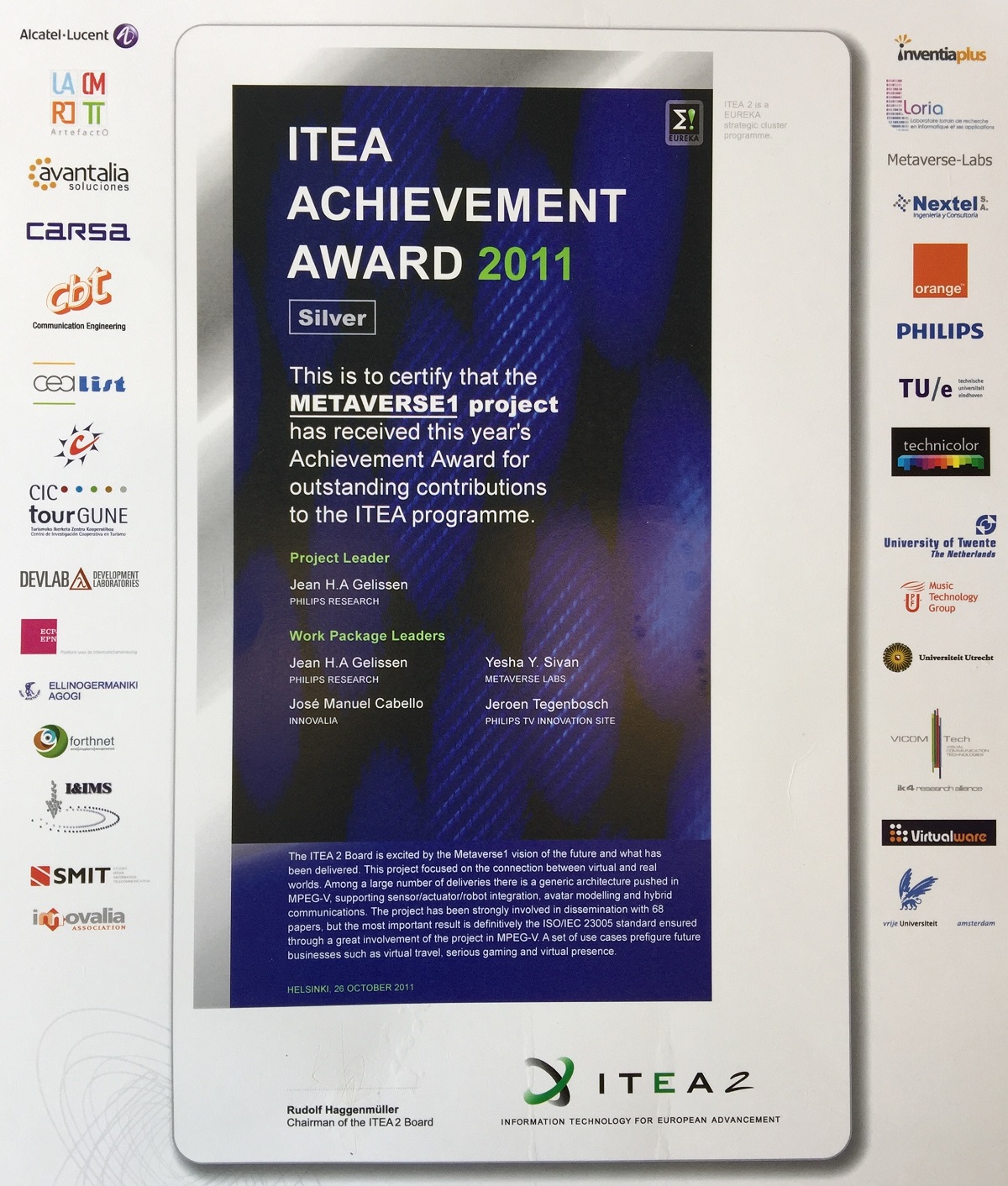Research projects
Our team performed crowd simulation experiments on Festival deBeschaving.
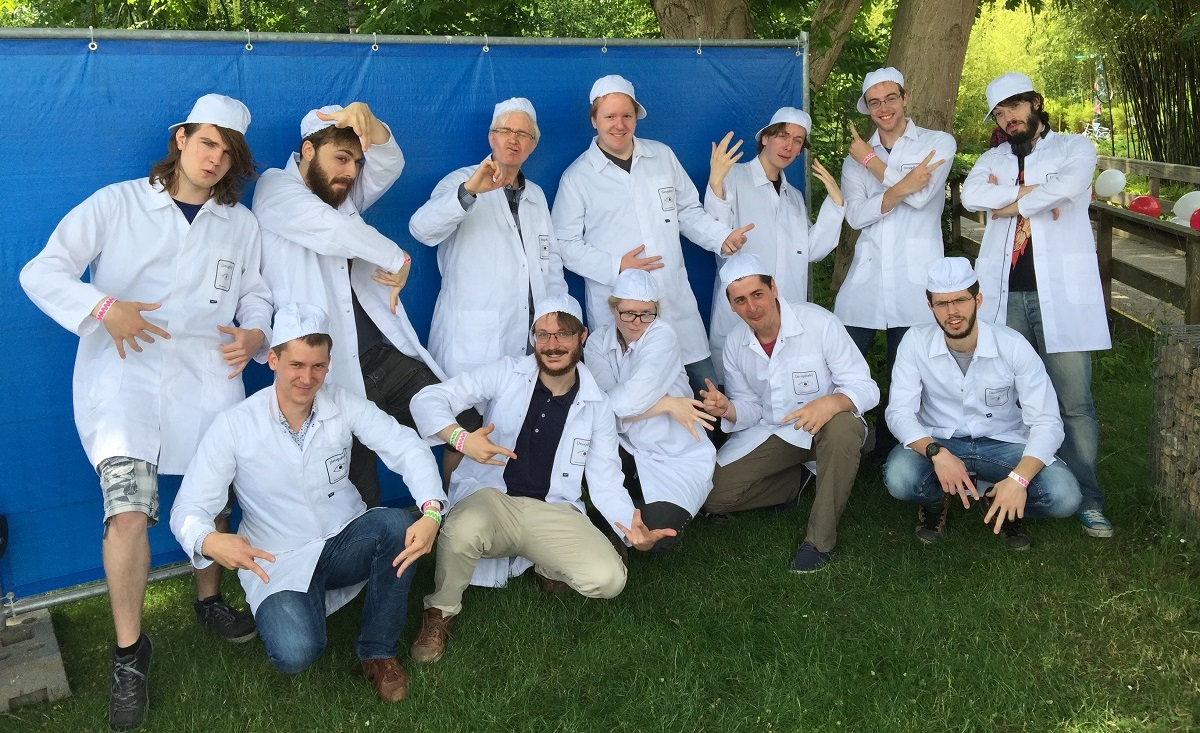
I am interested in participating in joint projects (e.g. Horizon 2020, NWO, Eurostars). Among other things, we can offer crowd simulation and motion planning expertise, research and software. If you would like to partner up, please don't hesitate to contact me.

COMMIT/ brings together scientific research, non-profit organisations and companies in ICT projects within the nine most important economic sectors in the Netherlands in order to research and develop ground-breaking products and services. — www.commit-nl.nl
From 2011 till 2016, I have led the work package ANI2: Social animation in the COMMIT project “Virtual Worlds for Well-being”. This project was carried out together with my PhD student, Norman Jaklin, whose PhD thesis was entitled “On Weighted Regions and Social Crowds: Autonomous-agent Navigation in Virtual Worlds”. His main contributions comprise novel real-time algorithms for virtual-agent navigation in simulations and gaming applications, as well as theoretical results related to path planning, path following and the navigation of autonomous virtual crowds.
Norman S. Jaklin. On Weighted Regions and Social Crowds: Autonomous-agent Navigation in Virtual Worlds. Ph.D. Thesis. Utrecht University. 18 April 2016.
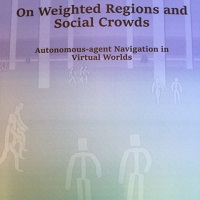
Arnold smeulders. Commotion: We have only just begun! Special edition of the COMMIT/ project. November 2016.
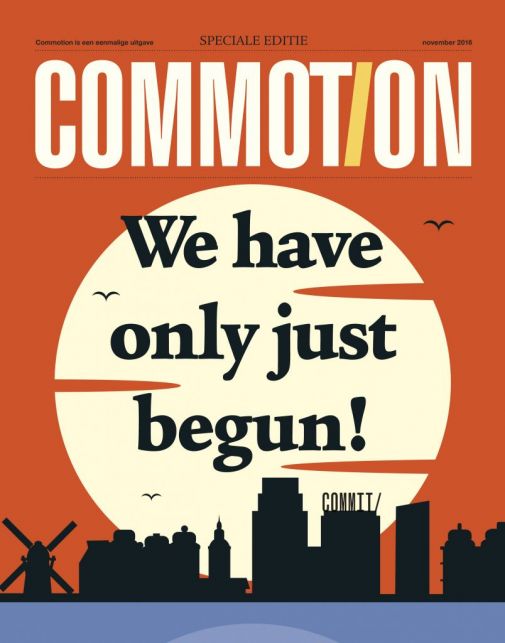
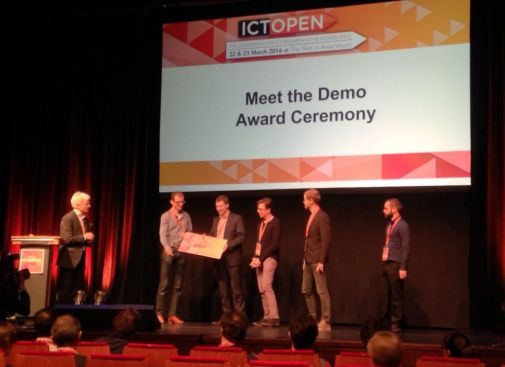
The goal of the GATE project (Game Research for Training and Entertainment) is to develop awareness, insight and technology that can be used both in the entertainment gaming industry and in the serious gaming industry, with a special focus on learning and training experiences. — gate.gameresearch.nl
From 2011 till 2012, I have led the Knowledge Transfer Project “Pedestrian and Vehicle Traffic Interactions in a Driving Simulation Environment”. The project was carried out by my post-doc Atlas Cook and PhD student Wouter van Toll in collaboration with the company GreenDino. Our main contributions were data structures and algorithms which permitted thousands of virtual characters to simultaneously move through multi-layered 3D environments while avoiding moving obstacles. These characters can re-plan their paths to avoid dense routes that lead to traffic jams. In addition, each character can also prefer a certain type of terrain.
Norman S. Jaklin, Atlas F. Cook IV and Roland Geraerts. Real-Time Path Planning in Heterogeneous Environments. Computer Animation and Virtual Worlds (CAVW), 24(3):285-295, 2013.
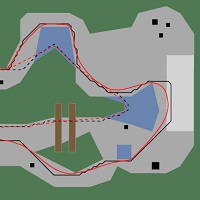
Remco Veltkamp. GATE: Growing knowledge for games. Results from the GATE research project. 2012.

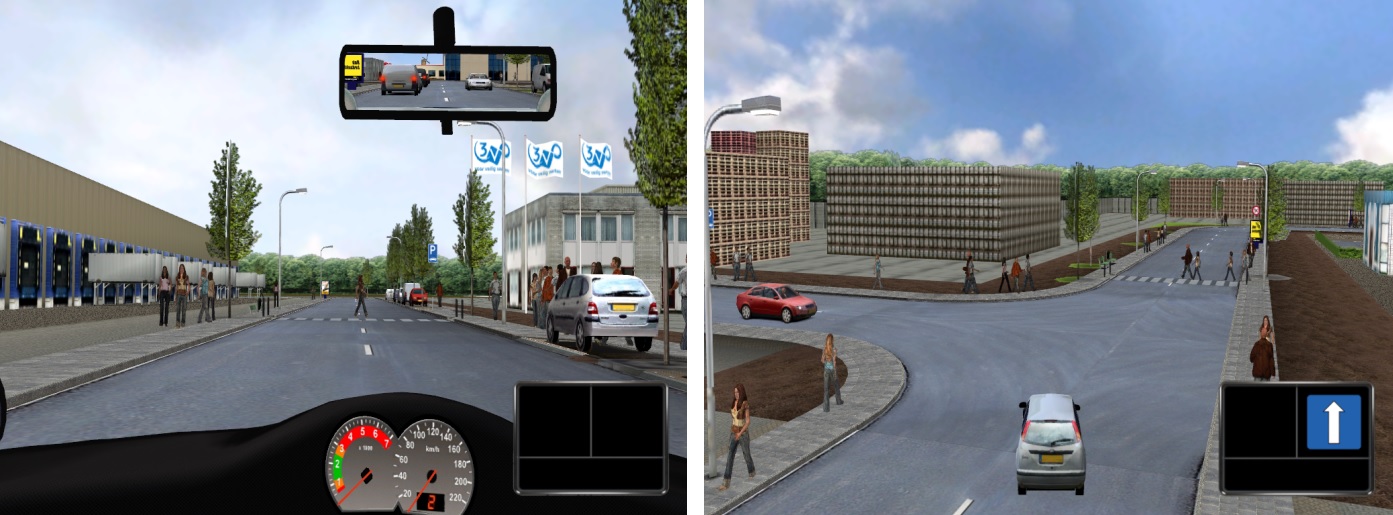
A consortium of 32 organisation from 6 countries has come together to advance the workings of virtual worlds. By creating a standard interface, the METAVERSE1 project made it possible for information to be shared between different virtual worlds and the real world and has led to the development of an international standard. — www.metaverse1.org
In 2009-2011, I was responsible for the Utrecht University work on path and camera planning together with Saskia Groenewegen and Mark Overmars. Our main contribution was a new path planning method, i.e. the Corridor Map Method, which we integrated into the virtual world of Second Life.
Roland Geraerts. Planning Short Paths with Clearance using Explicit Corridors. In IEEE International Conference on Robotics and Automation (ICRA'10), pp. 1997-2004, 2010.
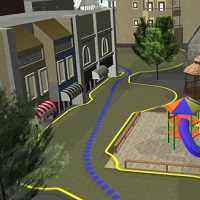
José Manuel Cabello, José María Franco, Antonio Collado, Jordi Janer, Samuel Cruz-Lara, David Oyarzun, Albert Armisen, and Roland Geraerts. Standards in Virtual Worlds Virtual Travel Use Case Metaverse1 Project. Virtual Worlds Research - MPEG-V and Other Virtual Worlds Standards, 4(3):1-29, 2011.
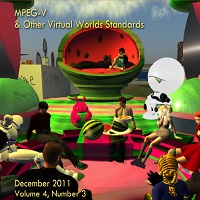
ITEA3. Spin-off ITEA Project Metaverse1 uCrowds - Simulating crowds. ITEA Magazine 28, pp.18-19. 6 November 2017.

